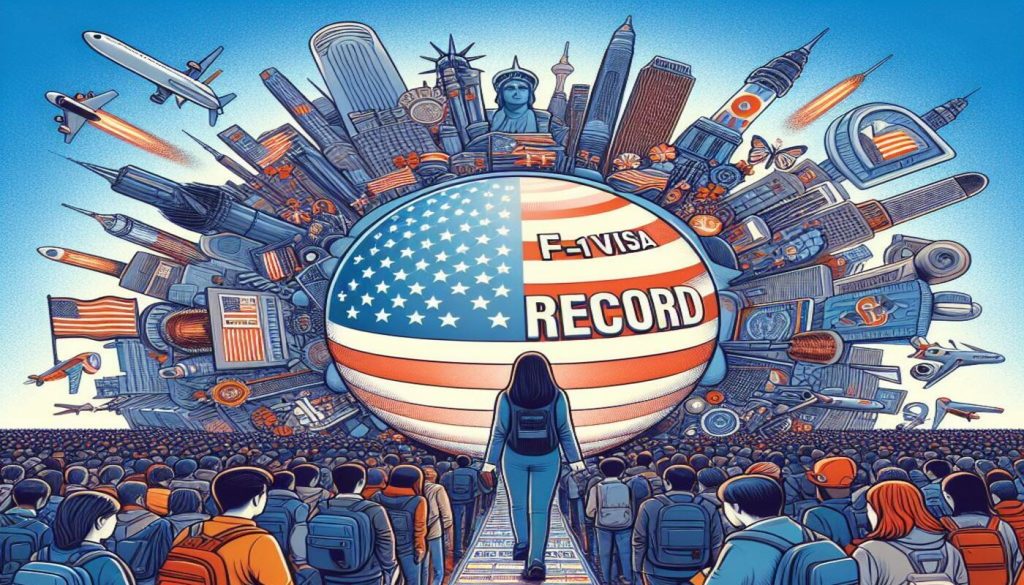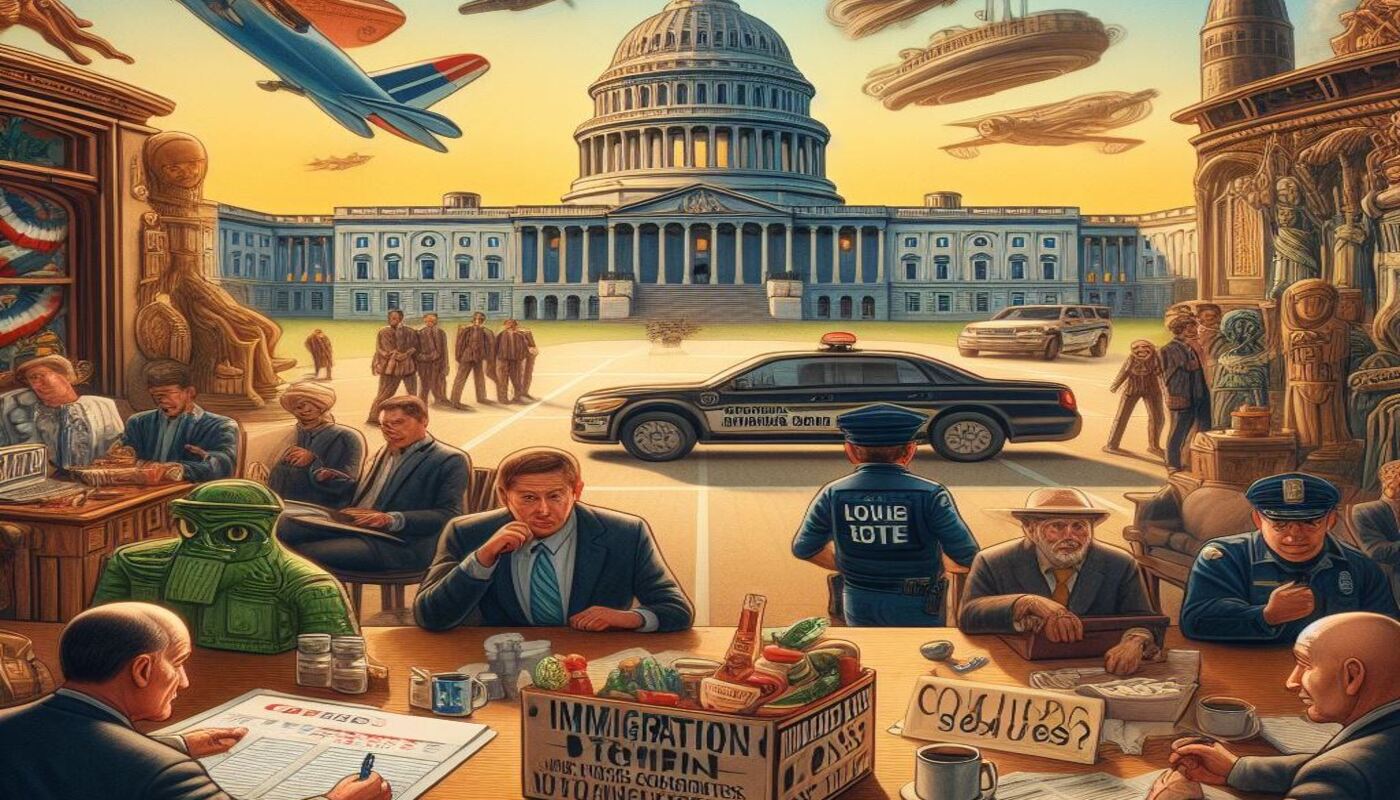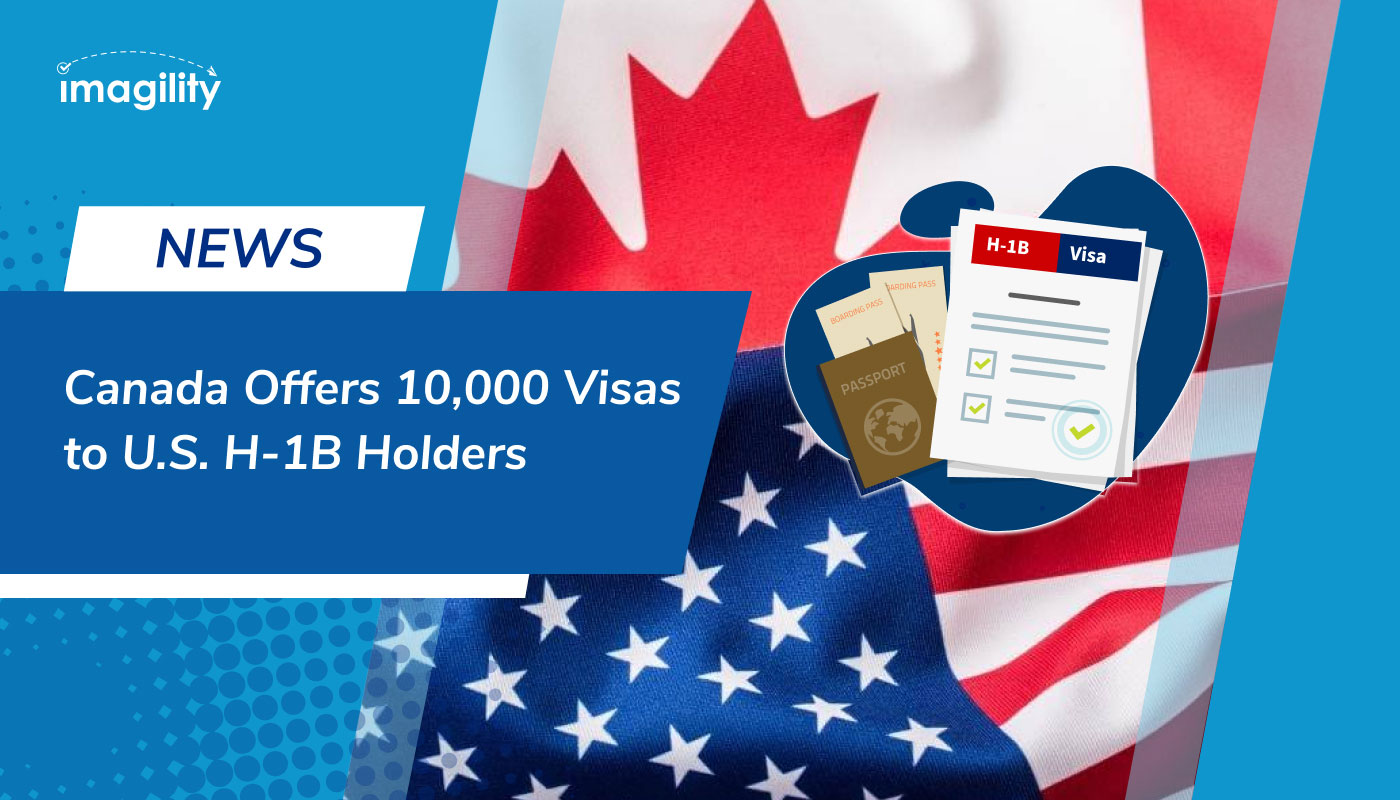In the United States, the rejection rates for F-1 student visas have soared to unprecedented levels, resulting in over 250,000 international students being denied entry to study in the country. According to ICEF Monitor, the refusal rate in 2023 hit 36%, surpassing previous years and nearly doubling the rejection rates for other visa categories. The economic ramifications are significant, with estimates suggesting an annual loss of over $7 billion due to denied visas. This equates to potential tuition and living expenses of $30,000 per student annually, amounting to a staggering $30.4 billion in lost economic gains over four years. The impact extends beyond finances, as the over 1 million international students studying at U.S. institutions contributed more than $40 billion to the economy in the 2022-23 academic year, supporting approximately 368,000 jobs, as reported by NAFSA. The decline in visa issuances, coupled with the increasing rejection rates, mirrors trends observed in Australia, prompting calls for greater transparency and fairness in the visa application process. Factors contributing to the surge in refusals include a rise in applications from India, subjective visa interview practices, and regional disparities in rejection rates, such as the 54% refusal rate for African students compared to 9% for European students. Despite these challenges, student visa issuances in the U.S. managed to surpass pre-COVID levels, highlighting ongoing concerns regarding accessibility and government policy. The F-1 visa, a cornerstone of international student mobility, provides temporary residency for students attending U.S. institutions certified by the Student and Exchange Visitor Program (SEVP). However, stringent requirements, including institution certification, full-time enrollment, English proficiency, and proof of adequate funding, pose hurdles for prospective students navigating the visa application process.
Source: Financial Express



















